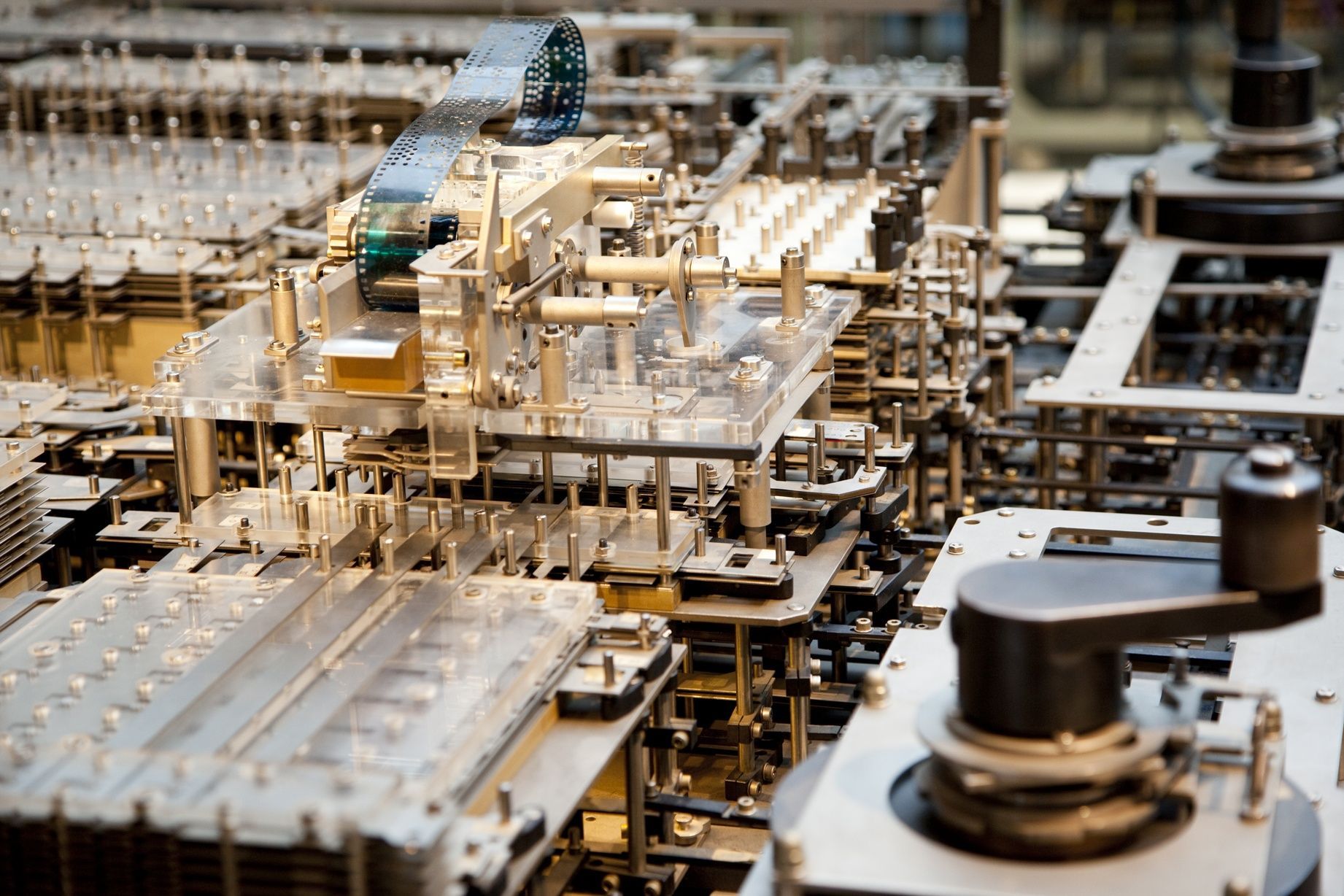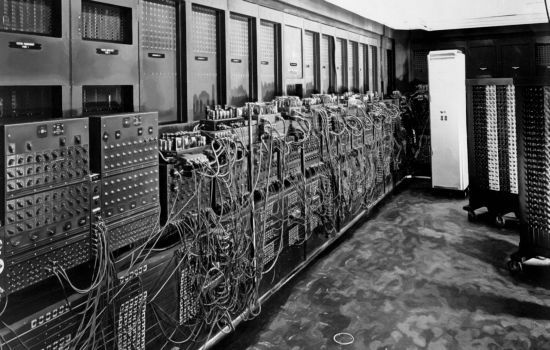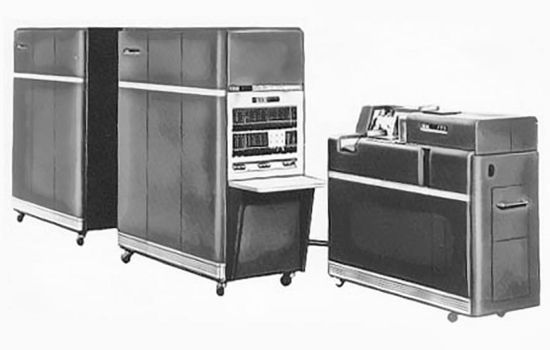C:\Games\DarkAges\Main_Computers



Harvard Mark I
Used for ballistic calculations

The Harvard Mark I, also called ASCC ( Automatic Sequence Controlled Calculator), was developed between 1943 and 1944 from electromechanical components by Howard H. Aiken at Harvard University in Cambridge with some IBM engineers. World War II played an important role in the construction of this calculator, as it was to be used for ballistic calculations. The first program they ran was the infamous Manhattan Project in 1944, a military project to build an atomic bomb for World War II.
The inventor of the Harvard Mark I had studied the designs of Charles Babbage with his Analytical Engine and was inspired by them. He saw himself in a position to complete Babbage’s work. He had to give way to Konrad Zuse to create the first digital computer. Since Zuse was rather isolated because of the Second World War, his invention became less known at that time. Therefore, the design of the Mark I and its successors influenced the development of computer technology later.
The Harvard Mark I was a monster of a computer weighing several tons and having a front length of 16 meters. In total, the computer consisted of 760,000 individual parts. Input was by punched tape and output by card punch and later by electronic typewriter.
In 1998, it was proven that the Mark I was Turing-powered, making it the second Turing-powered computer of its time after the Z3. Aiken developed the Mark II in 1947/48, the Mark III for the Navy in 1949 and the Mark IV for the Air Force in 1952.

Table of contents
| YR | NAME | INVENTOR |
|---|---|---|
| — | Introduction |  |
| 1938 | Z1 – Z4 |  |
| 1941 | Atanasoff Berry Computer |  |
| 1943 | Harvard Mark I |  |
| 1943 | Colossus |  |
| 1945 | Whirlwind |  |
| 1946 | ENIAC |  |
| 1950 | IBM 650 |  |
| 1951 | UNIVAC |  |
| 1954 | TRADIC |  |
| 1960 | PDP-1 |  |

